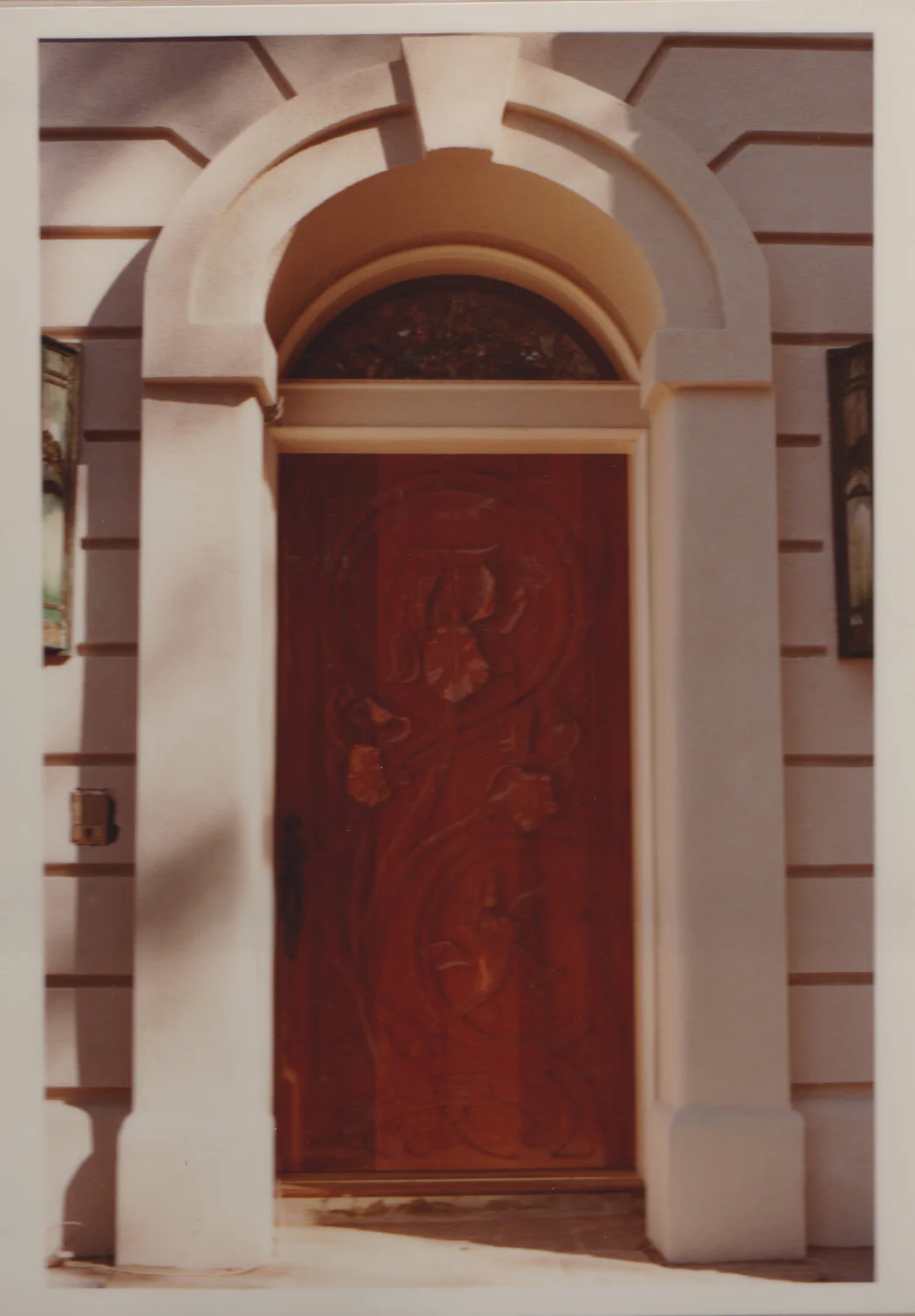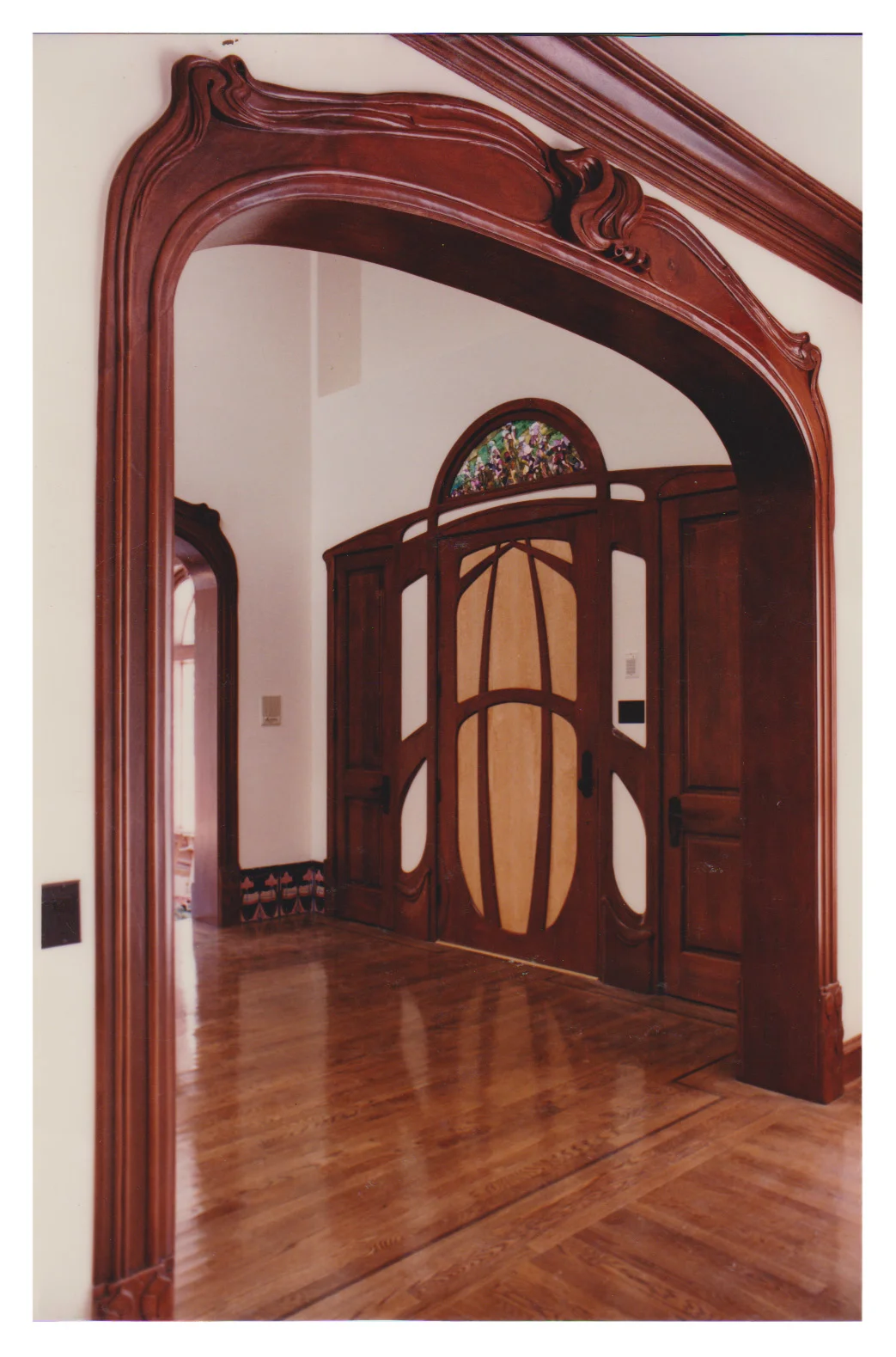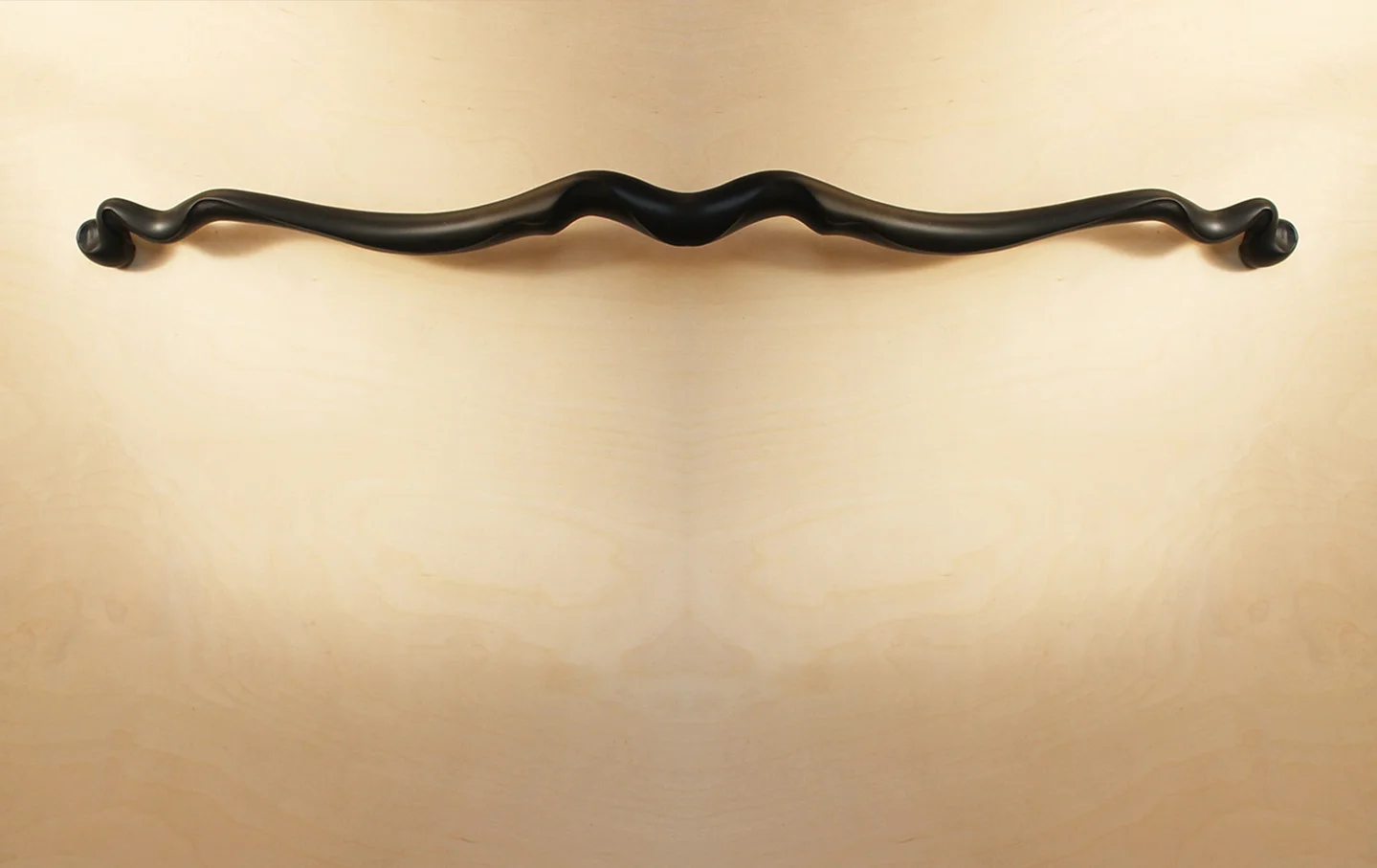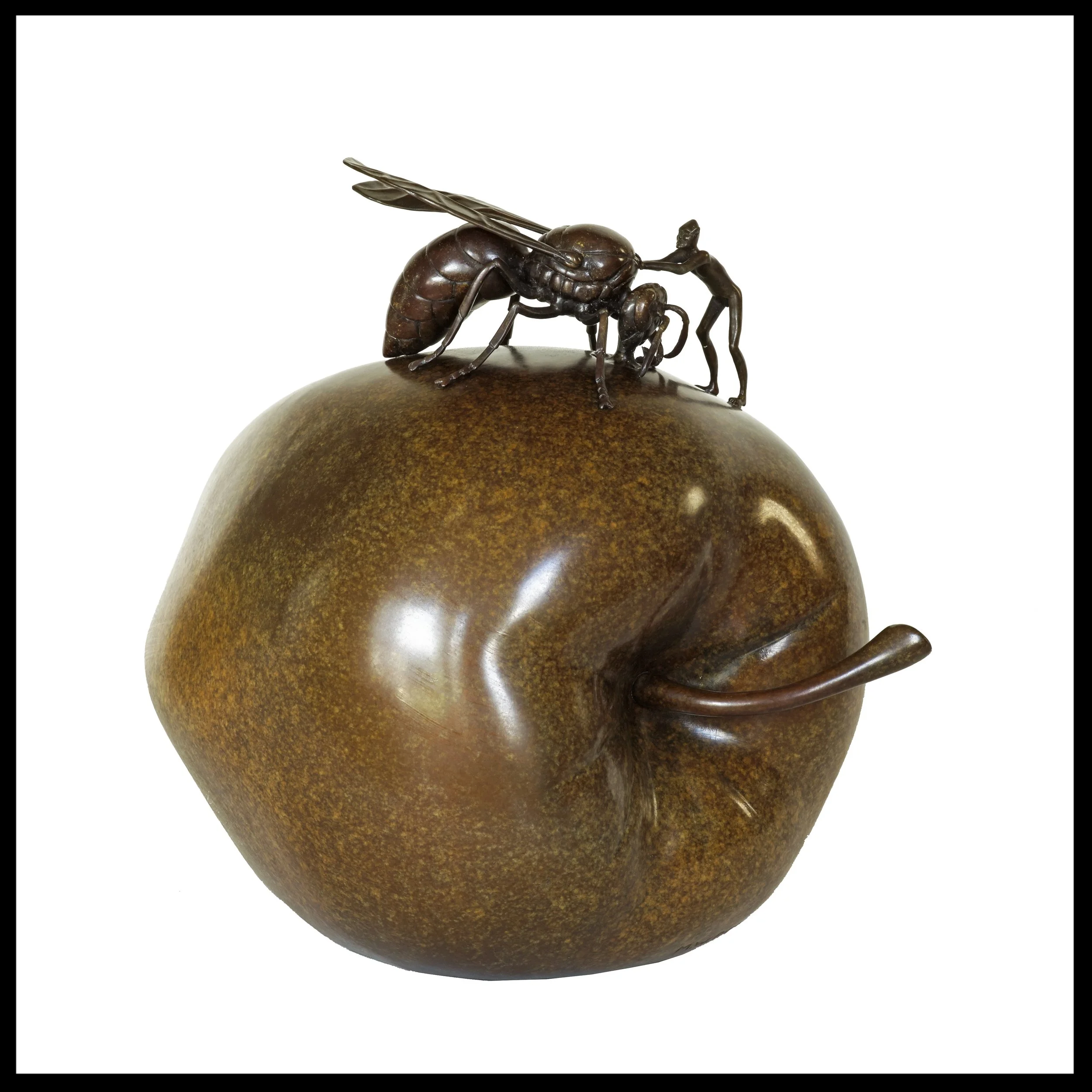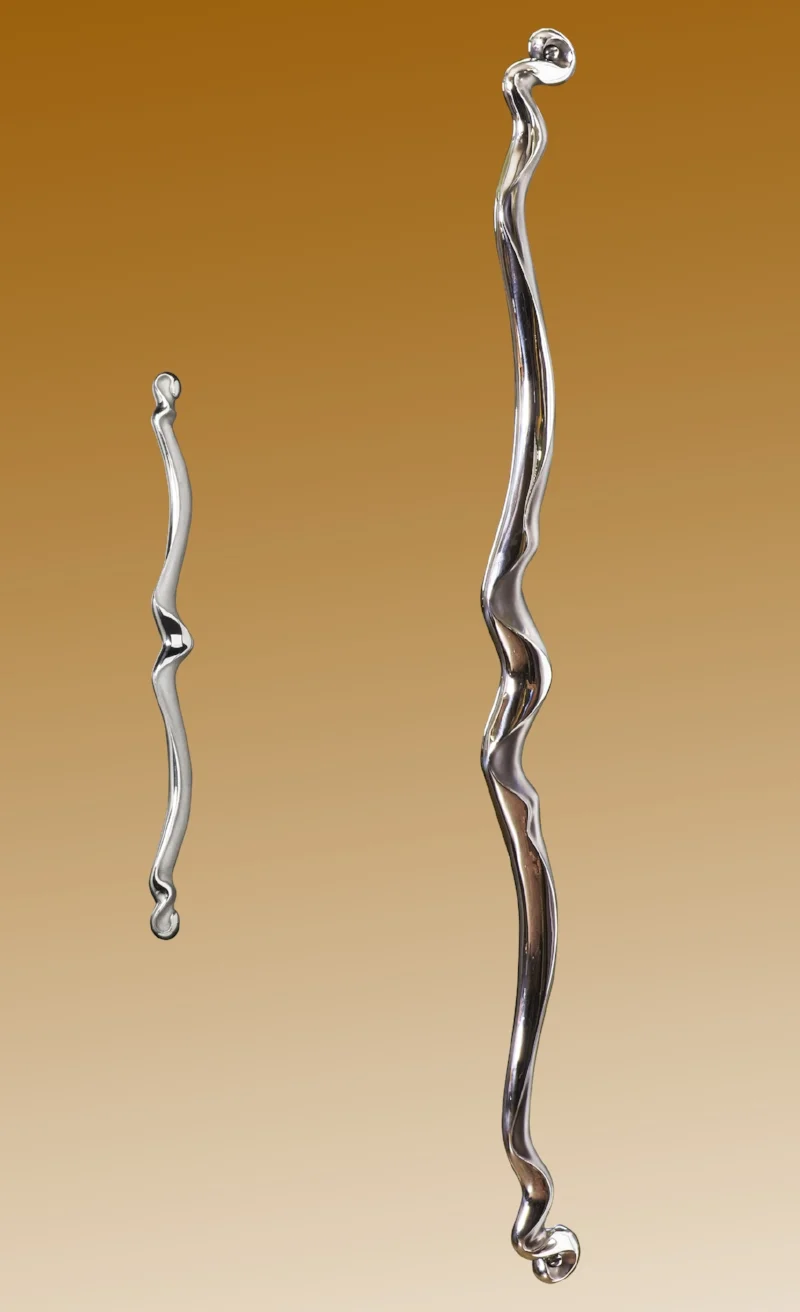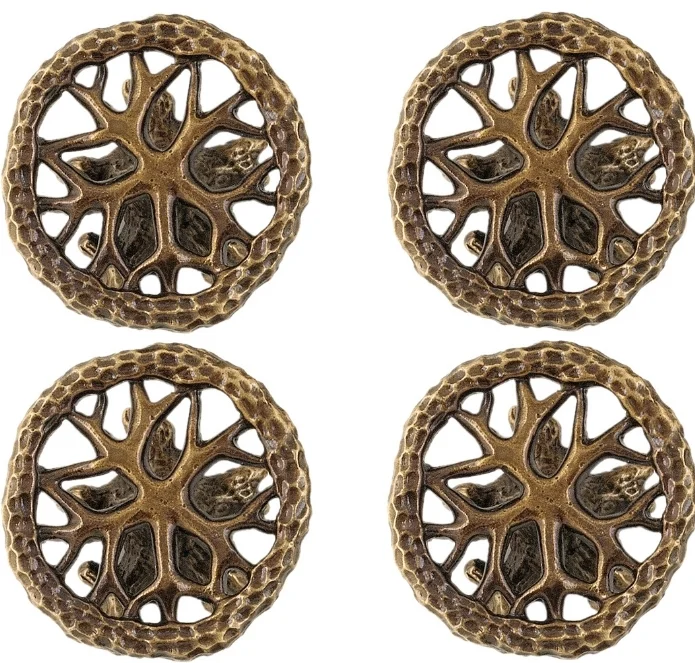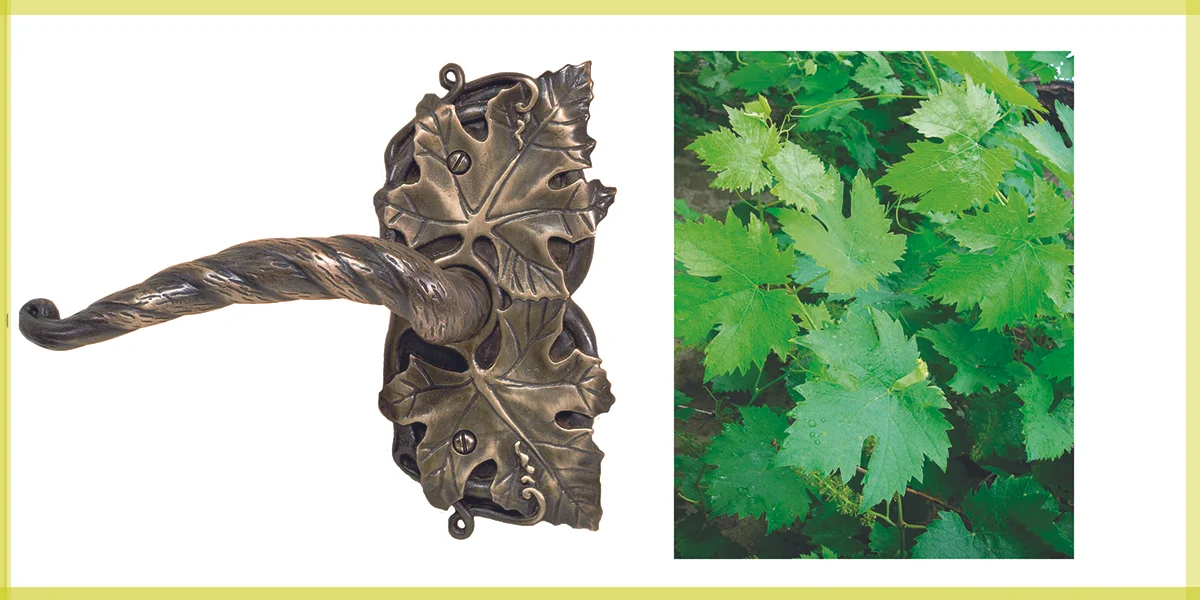When designing a cabinet pull the smaller size of cabinet drawers and doors requires that the pull be appropriately scaled. The size of the pull should not over-power the cabinetry but at the same time must not appear wimpy.
When we began designing our Ergo collection of contemporary hardware the designs for the cabinet doors were very different to those for the entry and interior doors. However, over time our small 12” cabinet pull has undergone substantial scale revisions and is now available as both a 35” and 54” entry door pulls. The demand for different sizes of this piece continues and we are currently designing a 25” piece. To the untrained eye this may appear to be a simple revision but in reality, the new size will require a three-dimensional pattern to be made so that the newly proportioned piece be as fluid as the original design. The sketch here shows how the scale of the new pull when compared to the 54” pull will look on tall 7’ 5” closet doors.
Our Morphic cabinet pull also lends itself to scale modifications and is currently being re-designed as a 24” door pull. To function well as a door pull, we are modifying the outer edge and straightening the curvature so that it will fit on narrow door stiles. The back of the pull that attaches to the door is a mere 2 ½” and the decorative curved face is 3 ½’.























